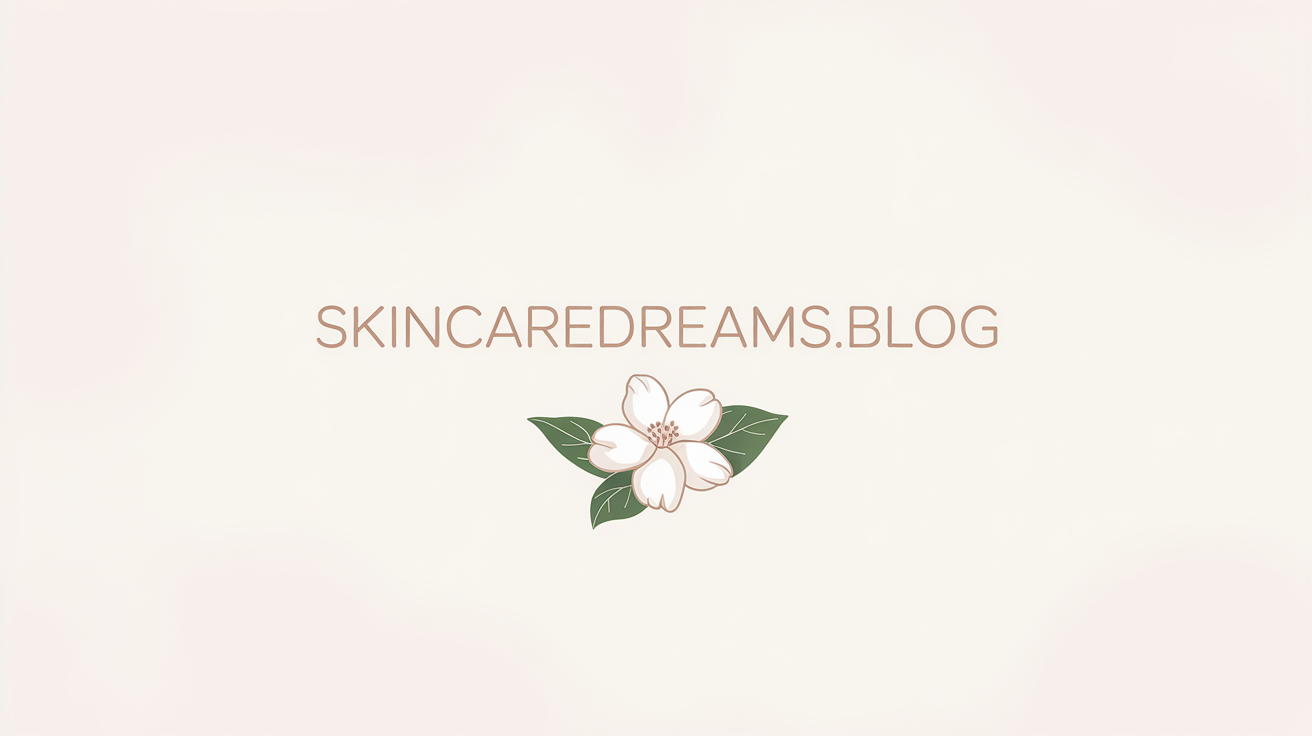3 Herbal Treatments You Can Make Right Now at Home
Looking for simple ways to boost your wellness at home? You can easily whip up herbal treatments that not only soothe but also promote overall health. From a comforting tea that eases digestive issues to a salve that calms irritated skin, these remedies are both effective and accessible. And if you’re seeking relaxation, there’s a soothing infused oil that’s perfect for those stressful days. Let’s explore how you can create these herbal solutions.
Key Takeaways
- Brew ginger, peppermint, or chamomile tea for natural digestive relief and soothing effects on upset stomachs.
- Create a DIY herbal salve using calendula or chamomile-infused oil for nourishing dry or irritated skin.
- Make infused oils with calming herbs like lavender or lemon balm for relaxation and stress relief in massages or baths.
- Enhance herbal teas with honey or lemon for added flavor and health benefits.
- Customize your herbal treatments using different carrier oils and herbs to match your specific wellness needs.
Herbal Tea for Digestive Relief
If you’re looking for a natural way to soothe an upset stomach, herbal tea can be your best friend. Many herbal treatments effectively promote digestive health.
For instance, ginger tea not only alleviates nausea but also stimulates digestion. Peppermint tea, with its muscle-relaxing properties, can relieve gas and bloating. Chamomile tea, renowned for its calming effects, also aids in reducing inflammation in the digestive tract.
To craft your perfect herbal brew, steep fresh or dried herbs in hot water for 5 to 10 minutes. You can enhance the flavor with a touch of honey or lemon.
Incorporating these herbal treatments into your routine can provide the relief you seek while enriching your mastery of natural wellness. Enjoy the process!
DIY Herbal Salve for Skin Soothing
Herbal remedies aren’t just limited to teas; they can also help soothe your skin. Creating a DIY herbal salve is straightforward and rewarding.
Start by infusing a carrier oil—like olive or coconut—with herbs known for their skin benefits, such as calendula or chamomile. Heat the oil gently for a few hours, then strain out the herbs.
Next, melt beeswax in a double boiler and combine it with your infused oil. Stir until blended and pour the mixture into small containers. Allow it to cool and solidify.
Apply your salve to dry or irritated skin as needed. This natural remedy can provide relief and nourishment, letting you master the art of herbal skincare right at home. Incorporating scientifically-proven methods into your routine can further enhance the effectiveness of your herbal treatments.
Infused Oil for Relaxation and Stress Relief
When you want to unwind after a long day, creating an infused oil can be a perfect way to promote relaxation and relieve stress.
Start by selecting calming herbs like lavender, chamomile, or lemon balm. Combine your chosen herbs with a carrier oil, such as olive or almond oil, in a clean glass jar. Fill the jar, leaving a little space at the top, then seal it tightly.
Place it in a warm, sunny spot for about two weeks, shaking it gently every few days. Once infused, strain the oil through a cheesecloth, discarding the herbs.
Use your infused oil in massage, bath, or aromatherapy to enhance your self-care routine, enveloping yourself in soothing scents that calm the mind and body.
Frequently Asked Questions
Can I Use Dried Herbs Instead of Fresh Ones?
Yes, you can use dried herbs instead of fresh ones. Just remember that dried herbs are more concentrated, so use about one-third the amount. Adjust according to your taste and the specific dish you’re preparing.
How Long Can I Store Homemade Herbal Products?
You can store homemade herbal products for up to a year, depending on the type and storage method. Keep them in a cool, dark place, and always check for any signs of spoilage before using.
Are There Any Side Effects to Herbal Treatments?
Yes, herbal treatments can cause side effects like allergic reactions, digestive issues, or interactions with medications. It’s essential to research each herb, start with small doses, and consult a healthcare professional to guarantee safety.
Can I Combine Different Herbs in My Recipes?
Absolutely, you can combine different herbs in your recipes. Experimenting with flavors enhances your dishes, but be mindful of their properties. Some combinations may amplify effects, so balance is key to achieving delicious results.
What Equipment Do I Need for Herbal Preparations?
To create effective herbal preparations, you’ll need essential equipment like a mortar and pestle, measuring spoons, a fine strainer, glass jars for storage, and a heat source for infusions. Master these tools for better results.
Conclusion
By trying these three simple herbal treatments, you can enhance your well-being right at home. Brew a comforting ginger tea to soothe your stomach, create a nourishing herbal salve for your skin, and whip up a calming infused oil for relaxation. These effective remedies not only promote health but also connect you with the natural world. So gather your ingredients and start crafting these delightful treatments today—you’ll feel the benefits in no time!





